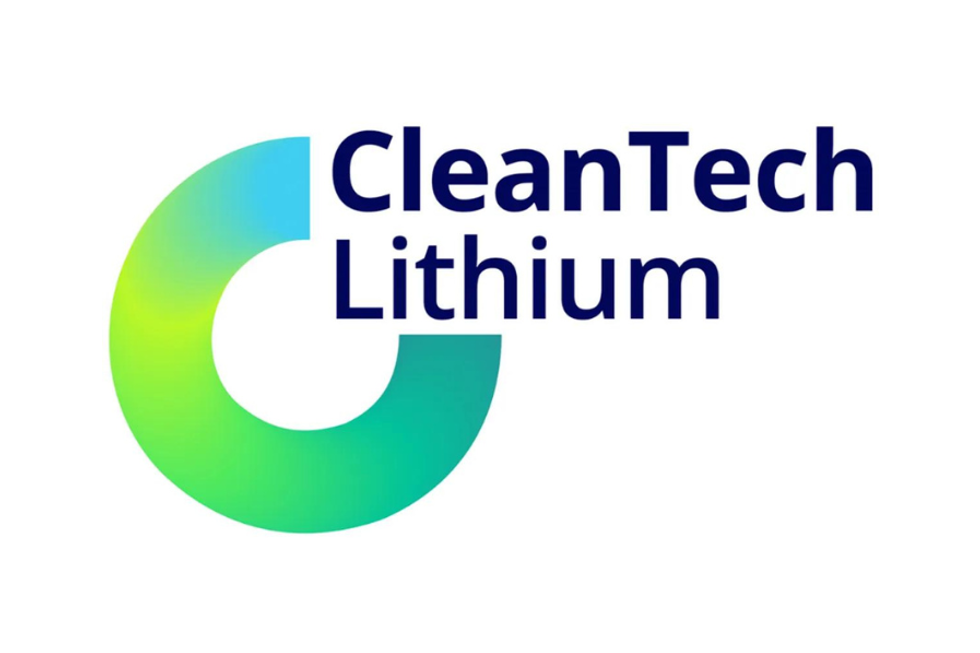Lithium Producers Bullish on Demand, Cooperation Key for Global Supply Growth
Lithium producers continue to be bullish on demand for the key electric vehicle battery metal, but supply needs to grow all over the world.

As the world moves to new sources of energy, metals such as lithium will have an increasingly important role to play, with many governments now waking up to the fact that building key raw materials supply chains is essential for the future.
The US has pushed forward with plans and investments into critical minerals supply chains, and so has Europe, in an effort to catch up with Asia.
“There’s an incredible dependence on China today, and clearly the US government is trying to put an agenda to diminish that,” Livent’s (NYSE:LTHM) CFO Gilberto Antoniazzi said at this year’s Fastmarkets Lithium Supply and Raw Materials conference. “Geopolitics is absolutely in play, and that’s why regionalization is being driven by governments.”
US-based Livent operates its lithium business in the Salar del Hombre Muerto in Argentina and is also currently producing qualified battery grade lithium hydroxide in both the US and China.
Looking ahead, one of the main trends that could emerge in the lithium market is the creation of regional clusters, where production of lithium happens at a local level — a move that would be welcomed by top producer SQM (NYSE:SQM).
“I don't think there are many industries that have such a good growth prospect over the coming years — and that means that a lot of lithium will be required,” Felipe Smith of SQM said during a panel at the event held in Phoenix. “We will need production of lithium everywhere. That includes Chile, of course, but the US, Europe and Africa as well.”
With sales of electric vehicles expected to continue to surge in key markets, demand for lithium is forecast to grow exponentially, and if there’s one thing producers agree on is that more supply is needed. Figures as to how much output will be required vary slightly, but the speed at which the industry has to scale up to reach those levels is unprecedented.
The executive from SQM, which operates its primary lithium business in the Salar de Atacama in Chile, said the market is growing and will need new supplies of 200,000 to 300,000 metric tons (MT) of lithium every year. That was about the size of the market in 2018.
“That means that you need roughly 8 to 10 new projects coming on stream every year,” he added. SQM is aiming to expand its production capacity to 210,000 MT of lithium carbonate and 40,000 MT of lithium hydroxide next year.
Producers thoughts on Goldman Sachs oversupply call
A recent report from investment bank Goldman Sachs (NYSE:GS) brought back the debate about a potential lithium oversupply, with some experts strongly disagreeing with the analysts assessment of the industry. But it isn’t the first time analysts have made an oversupply call in this market, with some remembering Morgan Stanley’s 2018’s views of lithium.
When asked about their thoughts on the report, Albemarle’s Eric Norris said that on the demand side, Goldman Sachs numbers are much lower that what the company sees in the future. “We think you are wrong,” he said at the Fastmarkets event.
On the supply side, the bank’s numbers are not as different in aggregate, but their makeup is not the same, Norris explained.
“If prices go to where Goldman Sachs says they are going to go, we are in trouble,” he said. The bank is calling for a crash in lithium prices to an average of just over US$16,000 per MT by 2023. “If you believe in EVs, we are in trouble because (that price level) cannot support some of the higher cost projects.”
Livent’s Antoniazzi agreed, saying he also has a very different view on the market than the investment bank’s analysts. “The lithium extraction in China we don’t view as optimistic as Goldman Sachs described in the report,” he said, adding that impurities, quality and cost curves were all challenges in some of China's lithium resources.
Global supply growth needed
In contrast to the oversupply worries exposed by Goldman Sachs, Norris of Albemarle said that to keep up with demand, every existing producer supplying the market today must double every two to three years for the next decade.
“No producer has been able to do that reliably to date,” he told the audience in Phoenix during his keynote presentation.
Albemarle plans to build a processing plant with 100,000 MT of annual capacity in the US, where the company also owns lithium brine operations. The Charlotte-headquartered company is aiming to increase its lithium production capacity five times to 500,000 MT per year by 2030.
And it is not only Albemarle and SQM calling for more supply around the world. Chinese top producer Ganfeng (OTC Pink:GNENF,SZSE:002460), whose primary source of lithium raw materials is Mount Marion in Western Australia, also agrees.
“We need a lot of lithium to be produced and extracted all over the world, and this will require cooperation between partners and countries,” Wang Xiaoshen of Ganfeng Lithium said. “This used to be a very small industry … the lack of talent, human resources, technology … We need to cooperate together to produce more lithium.”
Ganfeng’s partner Pilbara Minerals (ASX:PLS,OTC Pink:PILBF) was also present at this year’s Fastmarkets lithium event and highlighted the need to build an ecosystem with the cooperation of every actor in the supply chain.
“We are seeing the industry grow in all directions, and because of that we are seeing ambitions collide with realities,” said Dale Henderson of Pilbara Minerals, which operates its 100 percent owned Pilgangoora lithium-tantalum asset in Western Australia.
Could carmakers get into lithium mining?
The major car production centers around the world are based in North America, Europe and China — which means these countries or regions will require more and more lithium in coming years.
“None of those countries or regions can survive with what we know about supply with their own domestic resources, they have to rely on the likes of South America, Australia, potentially Africa in order to meet their ambitions,” Norris said.
For original equipment manufacturers (OEM), securing lithium supply to meet their electrification goals is becoming a challenge, which is why the question on whether they would become miners in the future continues to come up.
But mining lithium is not an easy task and one that, despite speculation, is hard to imagine an automaker being involved in, SQM’s Smith emphasized to the audience in Phoenix last week.
“You have to build a learning curve — the resources are all different, there are many challenges in terms of technology — to reach a consistent quality at a reasonable cost,” he said. “So it's difficult to see that an OEM, which has a completely different focus, will really engage into these challenges of producing.”
Don't forget to follow us @INN_Resource for real-time updates!
Securities Disclosure: I, Priscila Barrera, hold no direct investment interest in any company mentioned in this article.
- What Do Lithium Experts Think About Goldman Sachs Oversupply ... ›
- 7 Biggest Lithium-mining Companies in 2022 ›
- Lithium Outlook 2022: Demand to Outpace Supply, Price Upside to ... ›
- Experts Share Insights on How Geopolitics of Lithium Are Changing ›
- McKinsey's Ken Hoffman: High Lithium Prices Could Hinder Industry Growth ›






